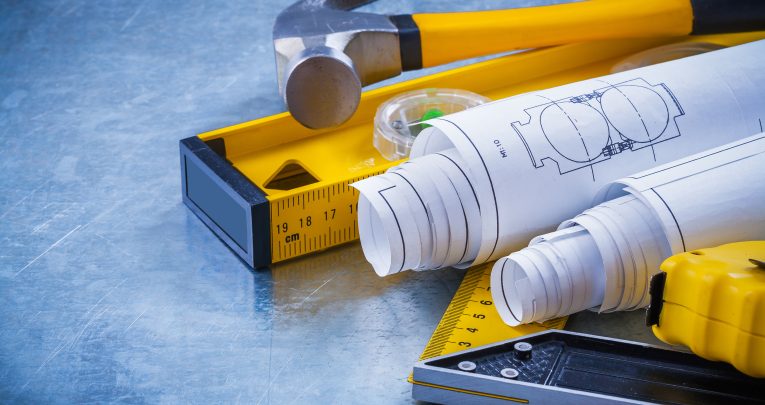Remake, Remodel – 5 points to observe when designing or refurbishing a classroom

Peter Smith, Director of Innova Design Solutions, presents five tips to bear in mind when refurbishing or equipping a new classroom Classroom interiors can have a major influence on student behaviour, and play a pivotal role in how they learn and concentrate. Get it right, and a positive environment can improve the likelihood of students […]

- by Peter Smith

Peter Smith, Director of Innova Design Solutions, presents five tips to bear in mind when refurbishing or equipping a new classroom
Classroom interiors can have a major influence on student behaviour, and play a pivotal role in how they learn and concentrate. Get it right, and a positive environment can improve the likelihood of students reaching their full academic potential. Here, then, are five key elements which can help you equip a classroom effectively:
Flexibility and progression Classrooms should be designed as future-proofed learning environments that will give students immediate benefits in the short term, whilst also accommodating any changes to the curriculum or school size further down the line. Fixed, rigid interiors will offer only limited and very specific support; refurbishing a classroom with flexible, reconfigurable furniture layouts will provide support in the long-term and reduce the necessity for further refurbs in the future.
Positive environment Research by the University of Salford has determined that a classroom’s environmental factors – the light quality, acoustics and décor – can have a significant impact upon the progress of students.
According to Professor Peter Barrett, who worked extensively on the project, “It has long been known that various aspects of the built environment impact on people in buildings, but this is the first time a holistic assessment has been made that successfully links the overall impact directly to learning rates in schools. The impact identified is in fact greater than we imagined.”
Consider the size of the classroom space (particularly in light of growing class sizes), the lighting and temperature. Also consider the room’s colour, acoustics, air quality and furnishings – all these elements play a major part in forming a space that is a safe and comfortable environment for teachers and students.
Adapt to new technology Classroom designs must be able to adapt to changing technologies. As the focus in teaching continues to shift away from ‘chalk and talk’ and towards interactive, collaborative learning, classrooms must be flexible enough to accommodate both today’s technologies and whatever new solutions may emerge to support teaching and learning in the years to come.
Thanks to improvements in school ICT infrastructures and wireless networking, internet access is typically available throughout most school buildings. Investing in ways to make practical use of video applications, Skype and tablet/mobile apps will allow teachers to unlock digital content from around the world for students to explore.
Durable Materials Poor design choices can reverberate through a generation of pupils, teachers and technicians. When designing a new classroom, it therefore pays to use high quality materials which will both reduce ongoing maintenance costs and add value to the learning experience. This is particularly important when it comes to specifying the worktop and floor surfaces in school laboratories and other classrooms used for practical lessons, which may need to be resistant to scratches, sudden impact and hazardous chemicals. Manufacturers such as Velstone [http://www.velstone.com/] offer highly resistant materials well-suited to the demands of a modern school.
Above all, safety Ultimately, it’s important to ensure that the classroom’s implications for safety are considered at every stage of the design process. Space is often at a premium in schools, so it’s vital to make the best possible use of whatever space you have available. A crowded, untidy classroom will restrict movement and adversely affect students’ abilities to communicate and concentrate. Consider how the room’s fixed and loose furniture can be arranged to give students the space – and above all, safety – they need to learn.
The Health and Safety Executive’s ‘Health and safety checklist for classrooms‘ [PDF] is a useful tool for checking whether a classroom’s design and layout provides a sufficiently safe learning environment. Neglecting to consider such safety implications can delay the completion of a classroom, and potentially end up costing the school a substantial (and easily avoided) sum.
Innova Solutions is provider of interior design and installation services for the healthcare, commercial and education sectors. For more information, visit www.innova-solutions.co.uk or follow @InnovaDesignLtd











